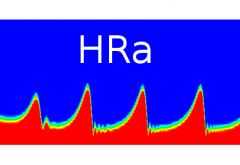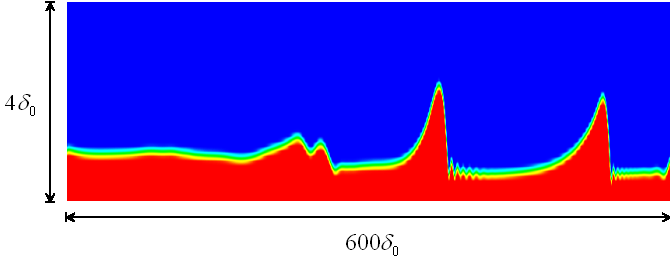This music is a great passion of mine. Mostly it is characterized by swing, forward drive, and improvisation. It is important for me as an attitude towards life and as a journey. I associate freedom, curiosity, openness, and tolerance. Racism and jazz are very difficult to combine, for this kind of music originated mostly from African Americans. Jazz is the most beautiful present that America gave to the world.
Actually, you do not need to read any further. I am going to list my favourite jazzwomen and jazzmen. It is a long, incomplete list without specific order.
Louis Armstrong, Lester Young, Coleman Hawkins, John Coltrane, Dexter Gordon, Duke Ellington, Ella Fitzgerald, Billie Holiday, Herbie Hancock, Esbjörn Svensson, Michael Wollny, Heinz Sauer, Karolina Strassmayer, Klaus Doldinger, Peter Back, Jürgen Wuchner, Uli Partheil, Christopher Dell, Gary Burton, Keith Jarrett, Jan Garbarek, Inge Brandenburg, Ingrid Laubrock, Paul Kuhn, Rolf Kühn, Chick Corea, Kalle Kalima, Emil Mangelsdorff, Dave Brubeck, Paul Desmond, Chet Baker, Dizzy Gillespie.

